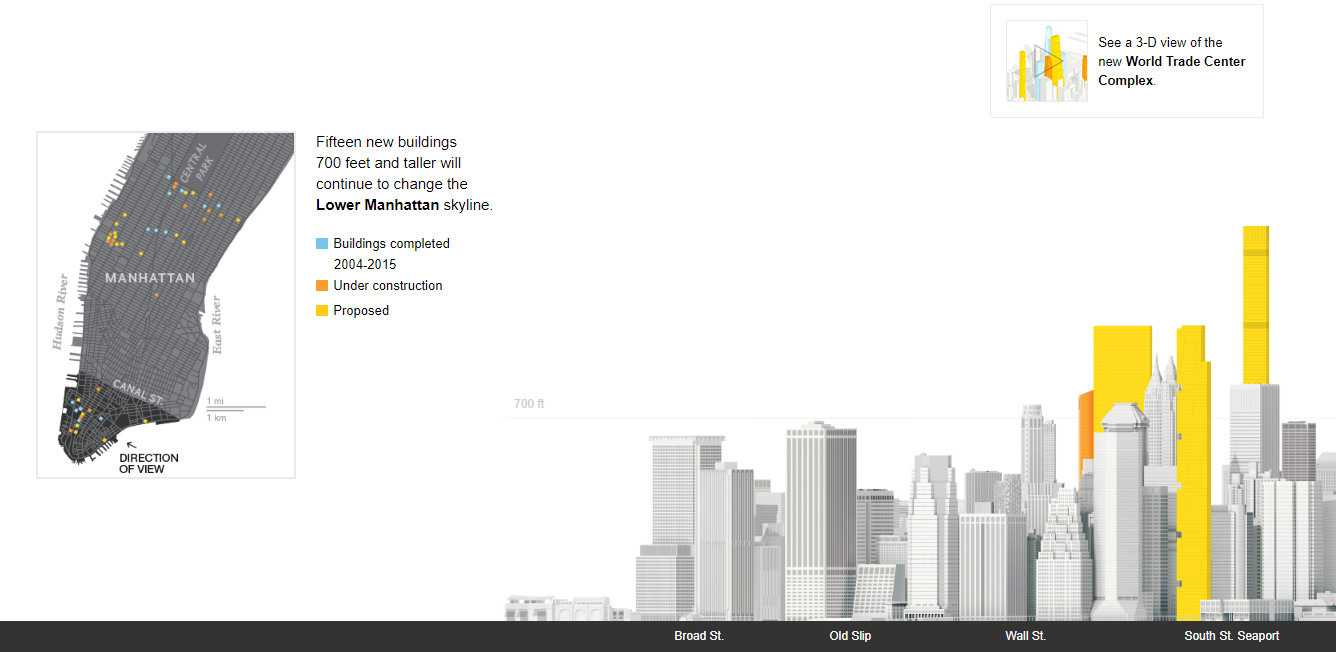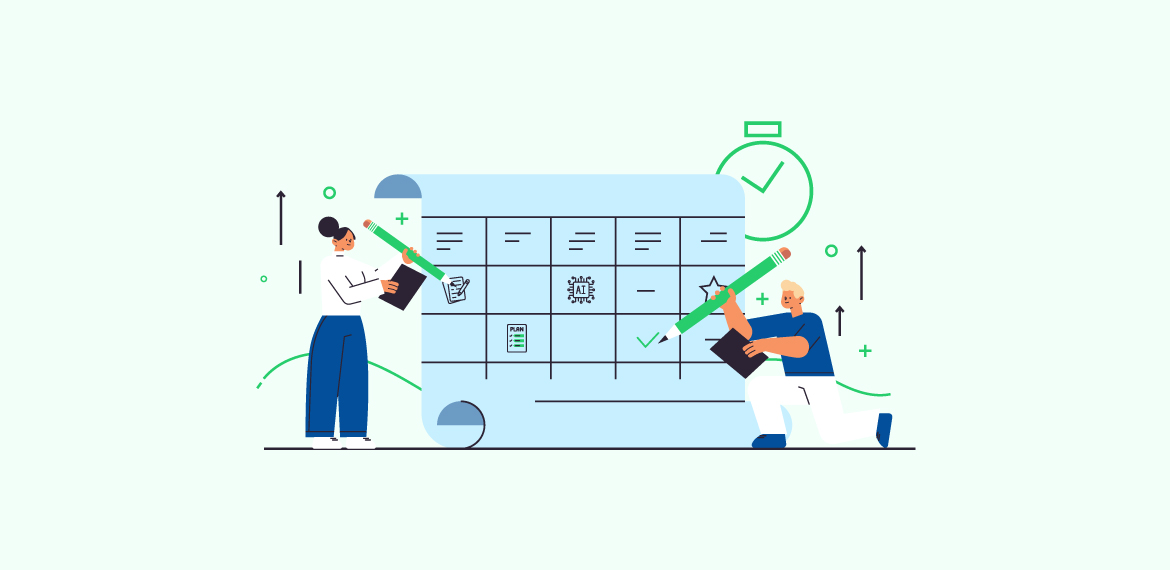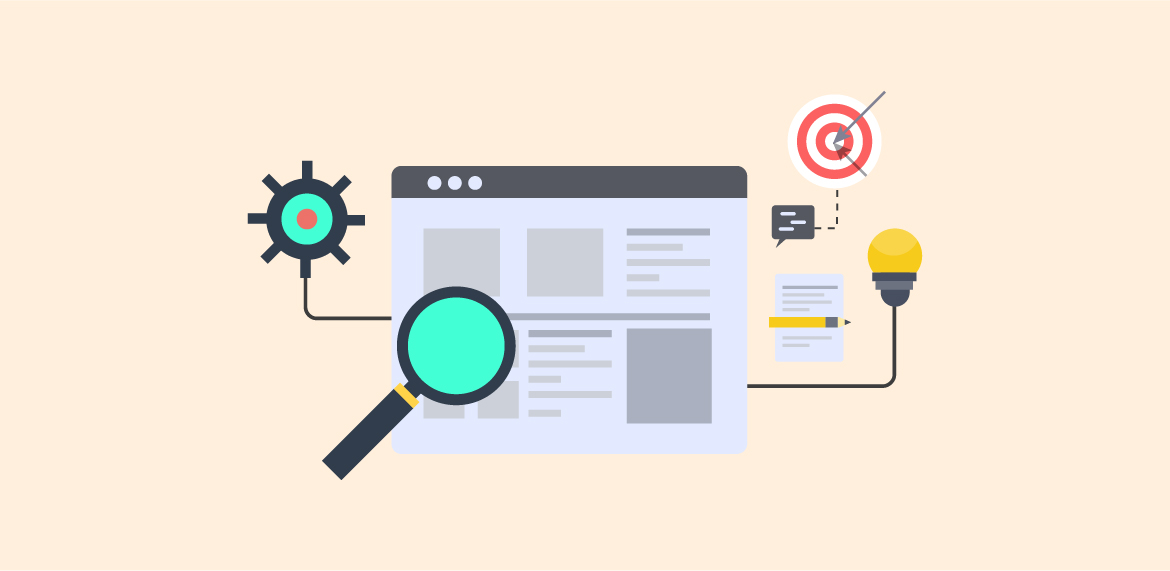- Content Writing
10 Infographics and Their Uses to Revamp Your Content

What are Infographics?
Whether you’re familiar with the term infographics or not, there is one thing for certain. Simply put, infographics are quite literally the embodiment of a large chunk of information into a graphic. Hence the word infographic is itself a conjunction word and an apt one at that.
Anytime you feel the data is too lengthy and needs to be summarized, then what you are actually asking for is an infographic. The idea of an infographic is mostly used to present information where the gist is recognized along with multiple details that are deemed necessary.
However, as easy infographics examples are to decipher, they are equally difficult to create. Encompassing a lot of info into a single image can be quite a challenge, but many websites state clearly that infographics often outperform blogs. Even Contently, states in its article that infographics reach 54% more readers than blog posts, and that is a huge number!
Why do people prefer Infographics?
In the current era, people are more inclined toward infographics because they want their answers without having to read a long blog post. It is one of the reasons why every website is trying to get into the featured snippets section.
Another reason people prefer infographics is that they are visually appealing. Not everyone is an enthusiastic reader who will take time and read each and every word of an article. In fact, most users that are searching on Google want their questions answered. And it is preferable for them to get these answers as soon as possible without wasting an extra minute. The purpose of infographics is precisely that.
Even you as a reader, are here to know which infographics are most relevant to your preference, and you might at most only need a couple of the types of infographics we have listed below.
Also, infographics add a visual element, they are attractive for the users and keep them engaged. Moreover, if they are interesting enough (meaning the right balance of information and curiosity), the user will likely want more information and read your complete blog too.
Content also needs the right balance of information and graphics. Too many graphics can distract the user from your content and too much content could bore them out. This is where people often look for infographics.
You can assess the popularity of infographics with the fact that there are infographics shows up on YouTube that explain all the information. The information neatly presented ensure that the audience is engaged and still grasps all the knowledge the infographics show video is giving out.
Types of Infographics and Their Application
Now that you are keenly familiar with the importance of infographics in your content, it is time to know which types of infographics should you be using for your content. Once you’re familiar with the type of infographic best suited according to your objective, you’ll be able to better cater to your audience and more easily create content that not only aligns with your strategy but are easier to plan.
1. Timelined
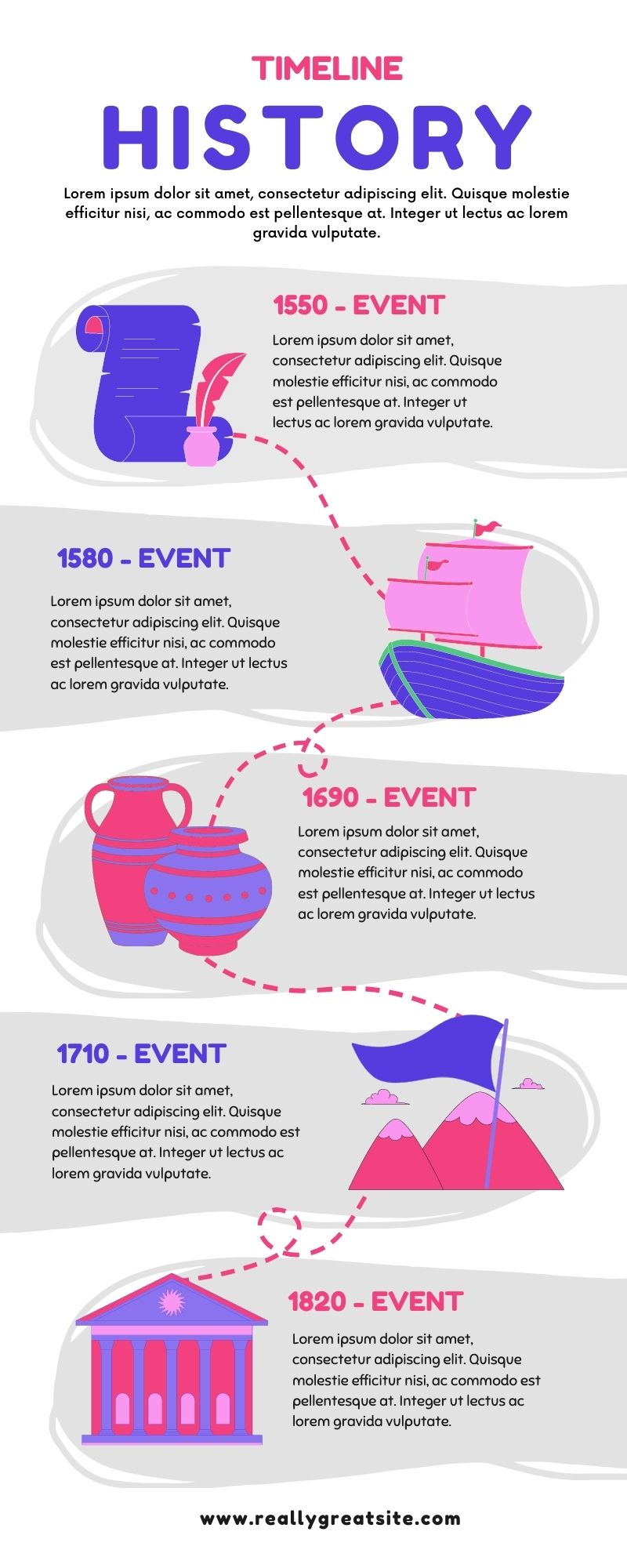
The timelined infographic is often used to showcase a specific timeline over a certain period of time. This type of infographic is optimal for use in coverage of a particular event and can help better identify specific key points of the event.
You will often find timeline infographics on topics where chronology is the defining factor. For example, if you’re creating an infographic of the important events that led to the success of your organization today, or if you want to showcase the chronology in a case study.
2. Informational
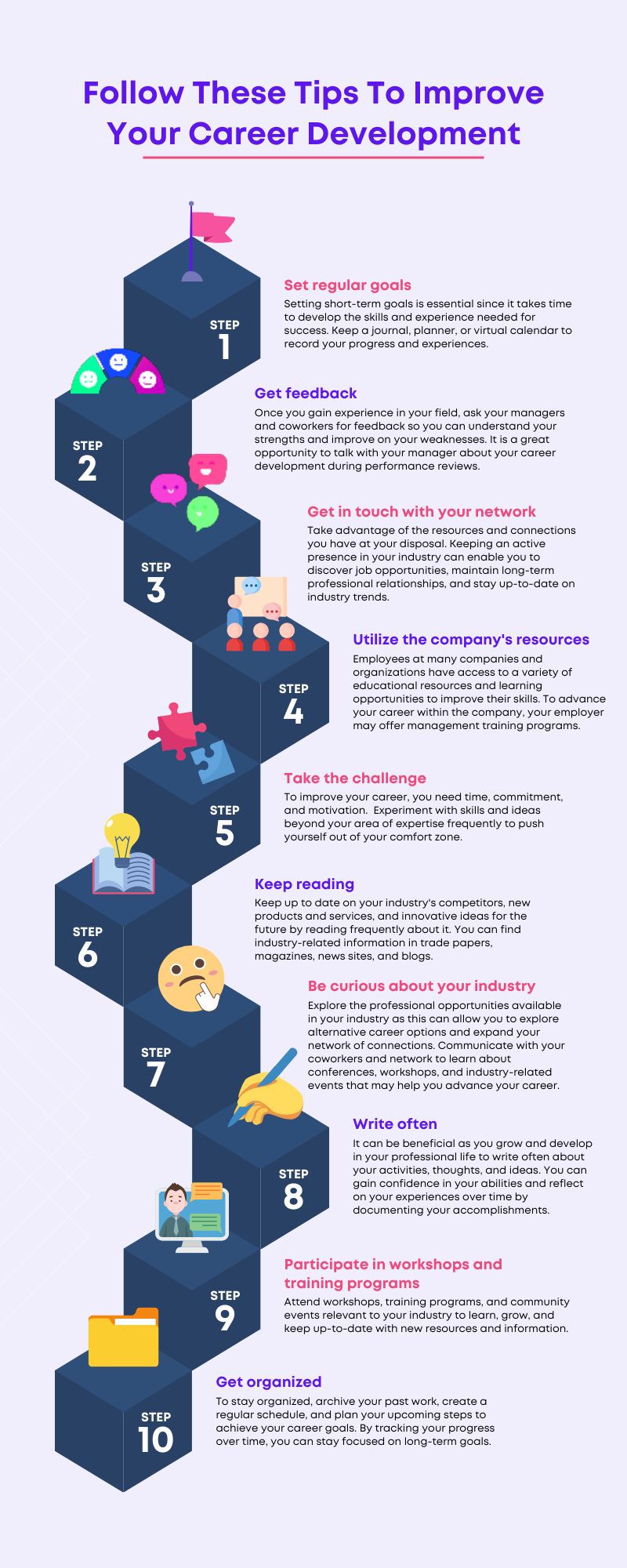
Informational infographics are some of the most texty infographics you’ll find. Although there is no concrete rule as to how much text an infographic could contain, the idea is generally to use pictures as a thousand words.
This idea is somewhat flipped with informational infographics, where multiple sections have different types of text. These infographics are often used to describe information that covers multiple and not-too-closely related topics. However, informational infographics are also some of the most loosely adapted ones too, so they can virtually be used in any scenario, but its best that they are reserved for places where words are absolutely necessary.
3. Geographical
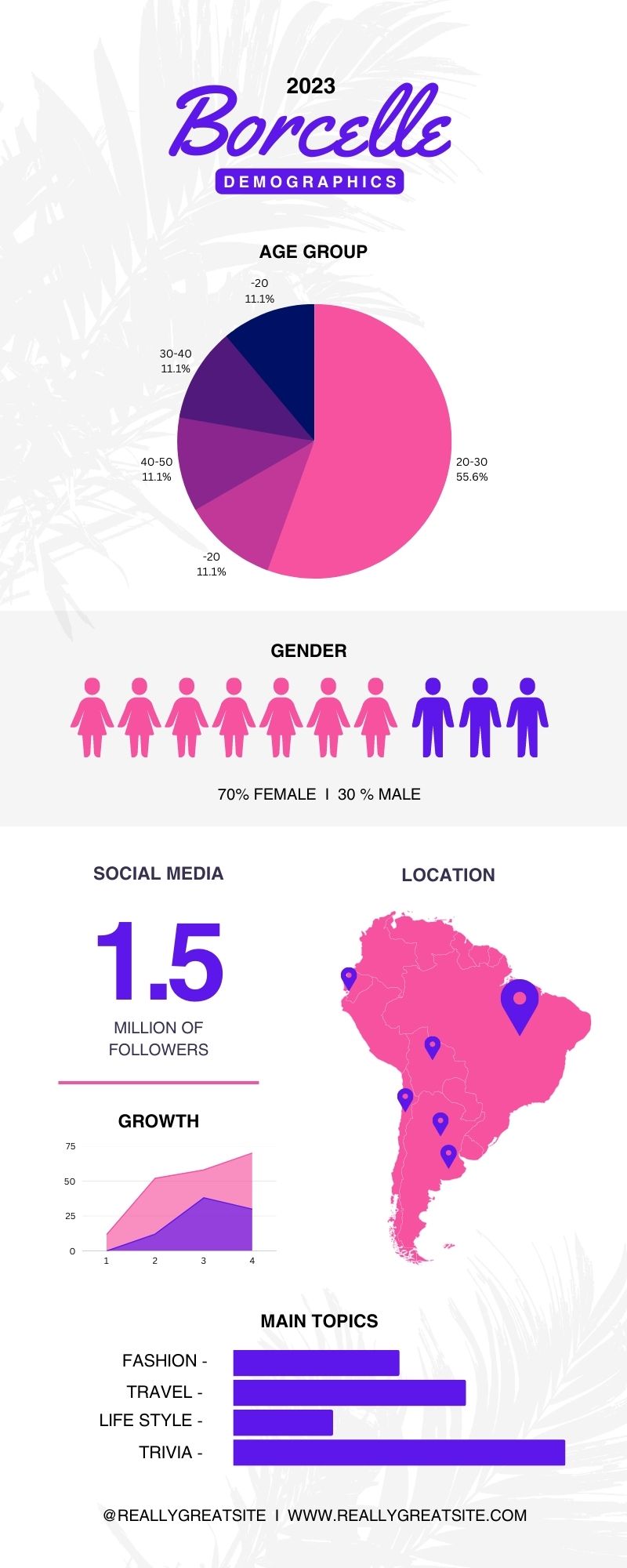
Geographical infographics often represent a map of a location and highlight different areas and give details about them. These types of infographics can most often be found where the information can be scattered over a map for better understanding.
If you’re looking to talk about different locations of your operations, then geographical infographics are a good idea. Moreover, these infographics can also highlight the different areas you want to be targeting too.
4. Data Visualization
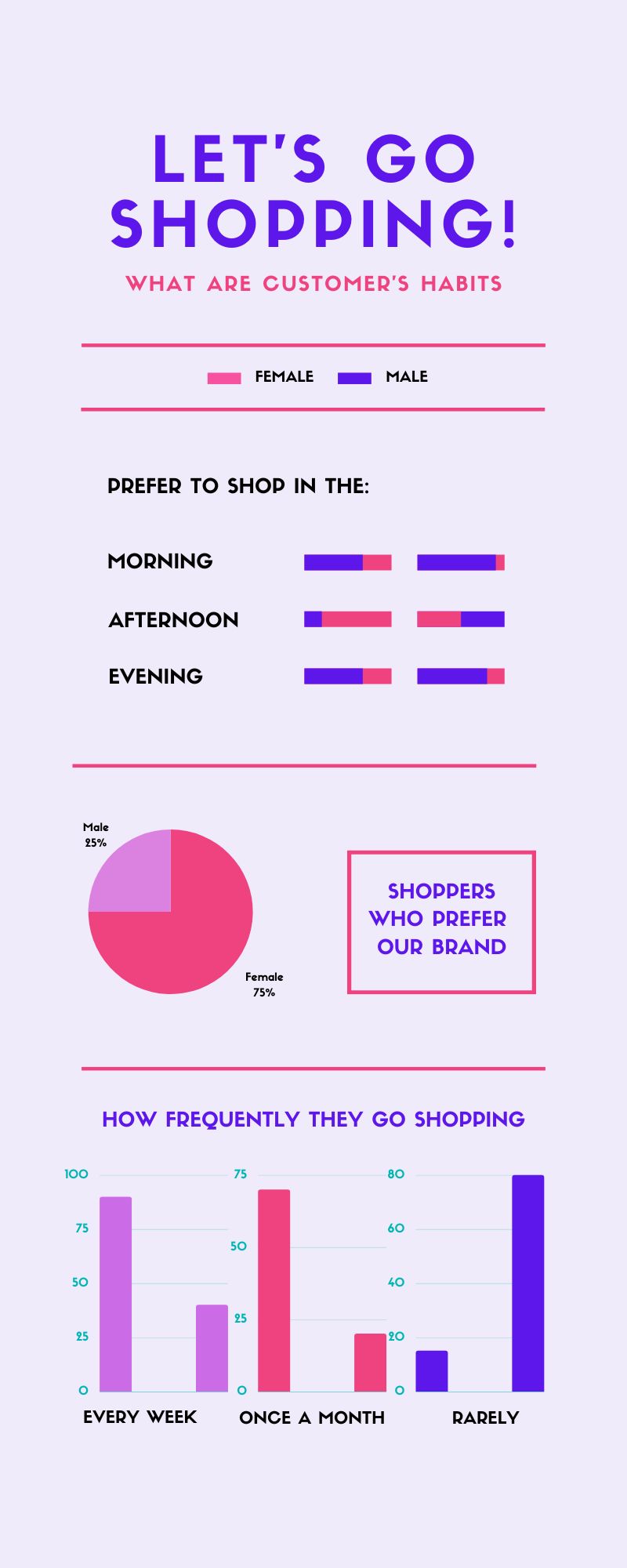
When you’re presenting information about big data, visualization becomes imperative. Its easier for your audience to get their required information via a collection of tables, charts, and diagrams, then read about 10 paragraphs explaining the same things. Moreover, these infographics are among the most common ones in use, which makes them quite easier to accomplish too.
5. Comparative
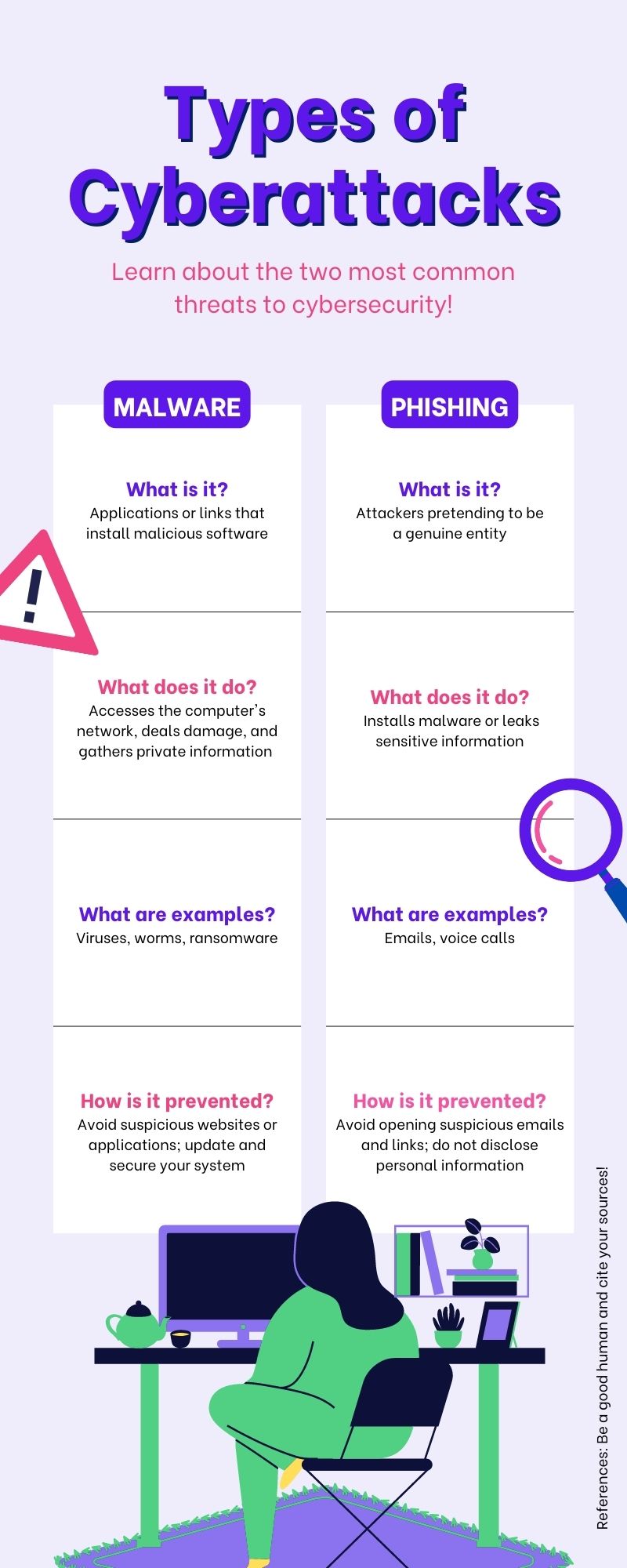
While comparative infographics are self-defining, they often include items found in other types of infographics too. For example, the most common elements you might find in a comparison infographic are those from data visualization. These infographics are often used to educate your customers. Whether you’re out to prove that you’re better than your competitors or simply want to provide a comparison between different offerings, comparative infographics are a great method to guide customers in their decision-making process.
6. Hierarchical
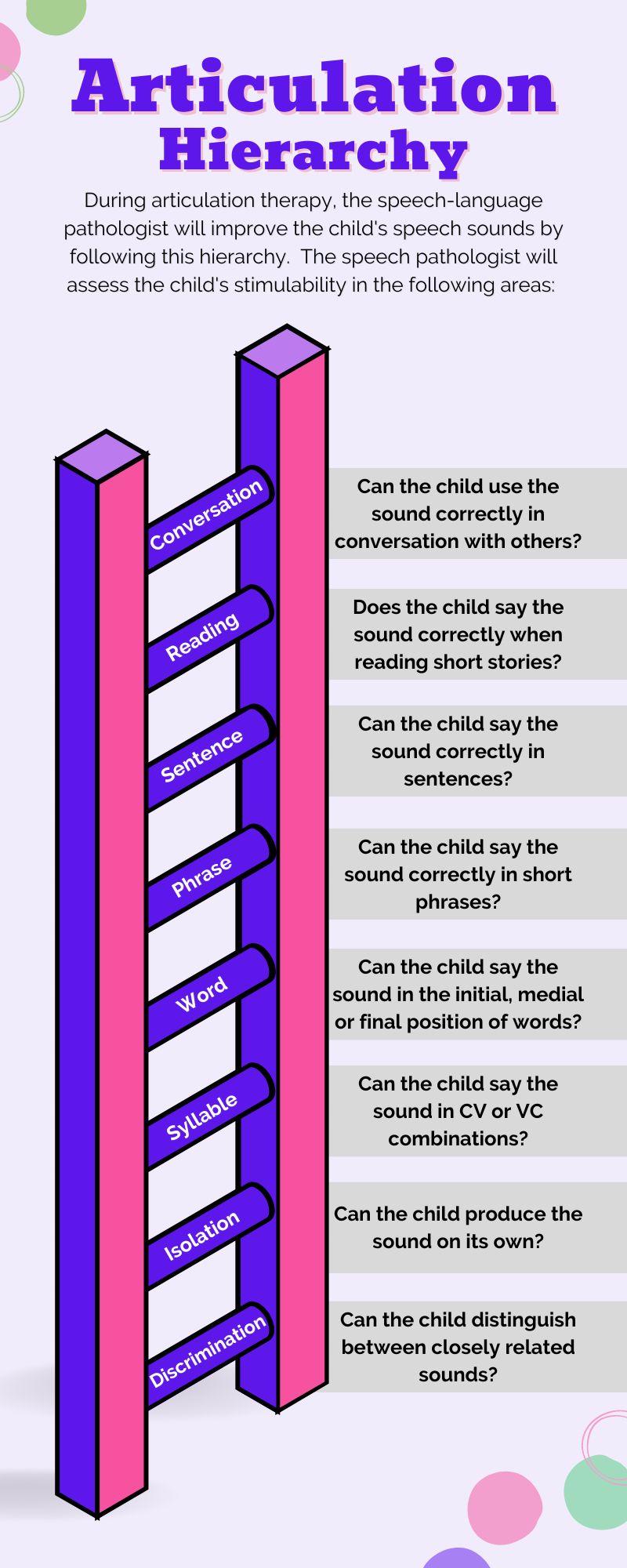
Hierarchical infographics are the type almost everyone who has studied business or psychology is likely familiar with. The most well-known example is Abraham Maslow’s Hierarchy of Needs. We see it most commonly where each piece of information is a step and there is a sequential connectivity.
Like our previous example, we see these infographics a lot where a theory or concept containing steps needs to be presented. However, the main idea of these infographics is to make textier information seem more appealing to the reader.
7. Listed
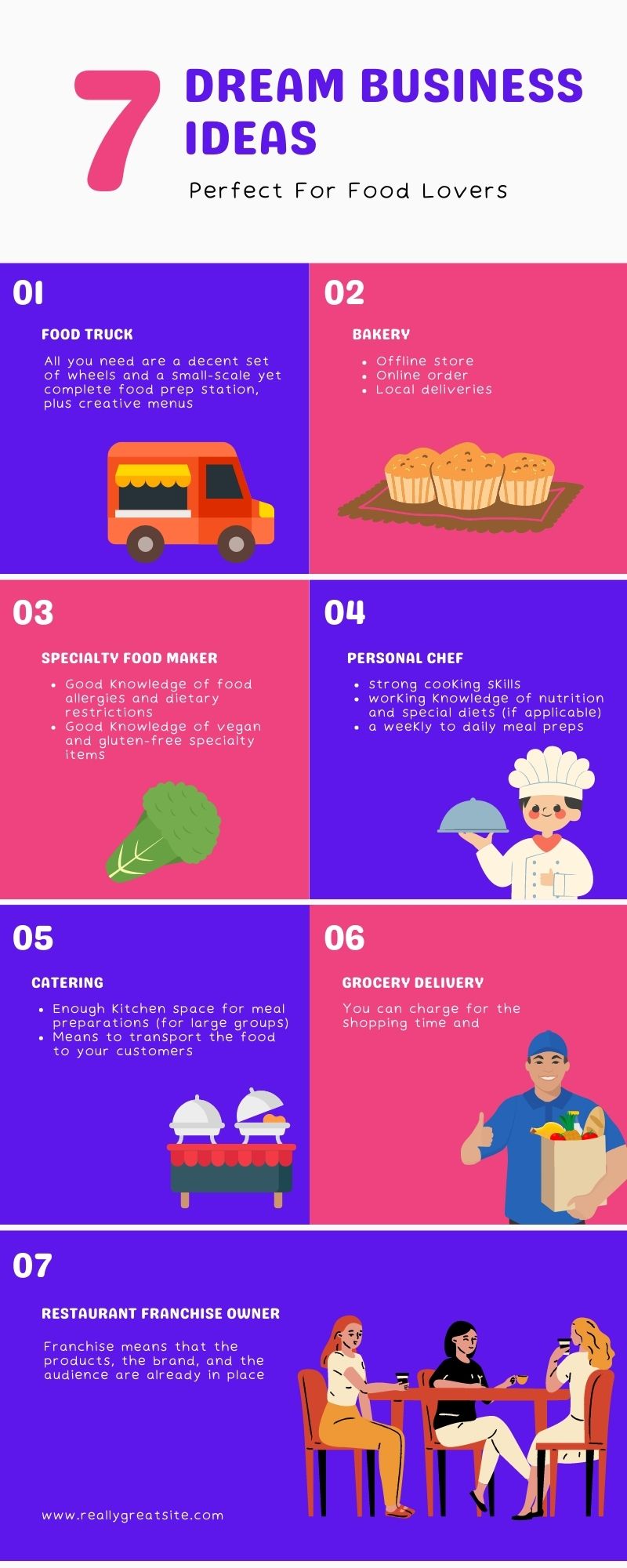
Also often called listicles, listed infographics are also among the more texty infographics. However, these infographics are mostly used to represent facts rather than opinions, so be sure to include a few sources. This will not only increase the authenticity of your content but will also provide better engagement for your website visitors. These infographics are among the best ones when you want a visually attractive method to present information and so can also be included as part of your blog.
However, it is best that you add the same text in your alt tags too. This would ensure that other than your website visitors, Google also knows what the image is about, which should boost your website rankings on the SERPs (Search Engine Results Page)
8. Procedural
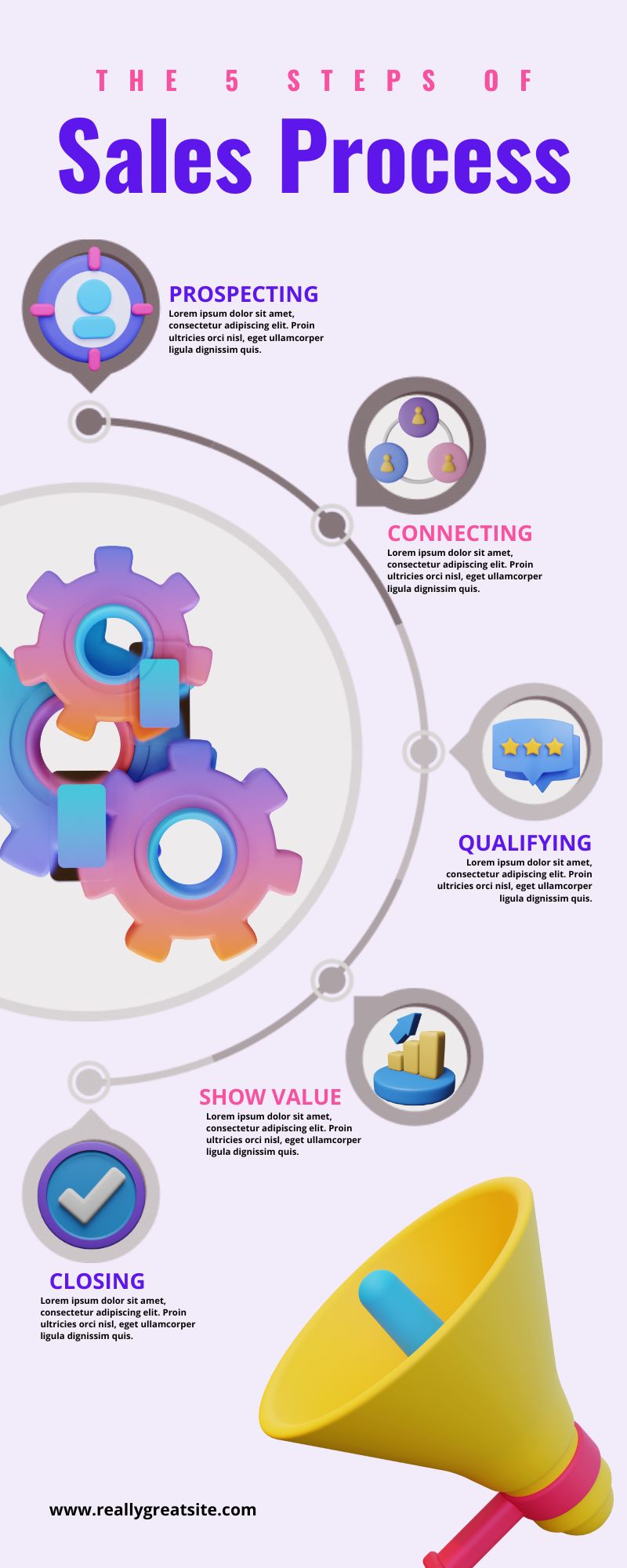
These infographics are often the first option if you’re walking your user through a process. In essence, these infographics are more like a tutorial than simple information. However, with the visual element, guiding your audience through a process becomes a breeze. The purpose of infographics for your process can depend on the application. One of the best uses for How-To infographics is to guide customers through your product and its usage.
9. Anatomical
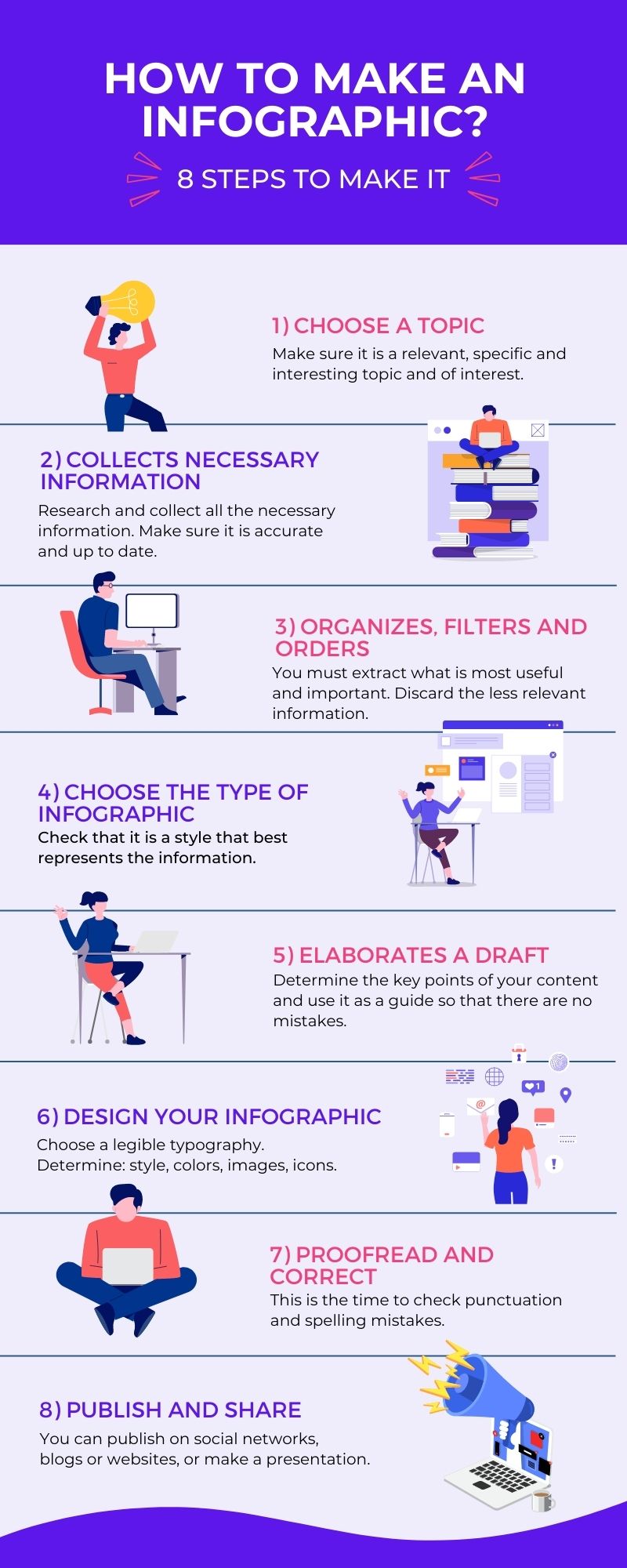
Among the most visually reliant ones, Anatomical infographics break complex information into understandable tidbits, making them easier to grasp for the user and yet keeping the complete information intact.
These infographics are basically a visual example of “Explaining to a Layman”, where you want to make sure that every little bit of information is fully understood by a generic user. While it is always necessary to avoid jargon in your infographics, here you also need to be very clear. Make sure you avoid ambiguity at all costs and be crystal with your idea.
10. Interactive
Feel free to check out our favorite interactive infographic by clicking the above image. These types of infographics are fast picking up popularity. Although these are some of the most difficult infographics to create and manage, they also ensure that any and every user’s attention is grabbed. These infographics hold attention by being responsive. When a user finds an interactive infographic, they can check each and every bit of data by clicking on various areas of the screen, or simply hovering their cursor.
The best benefit of going with these infographics is that you can always update content as you see fit.
You can often find these types of infographics on websites that are very keen on presenting data. While interactive isn’t a style by any means, we felt that these should get their own section because interactive infographics are still among a rare type due to the effort they require.
While virtually any infographic can be made into an interactive one, it is important to make sure you reserve only your most important infographics to become interactive. Another strategy could be to see which of your infographics are garnering a lot of attention, and then repurposing them into an interactive infographic. This would ensure that your content gains visibility again and with the option to update you can make sure that your interactive infographic becomes an evergreen content piece.
Conclusion
While going for infographics may require some effort, they can also prove quite fruitful. However, with the application of the right types of infographics into your content, we’re sure that you can get a lot more traffic and make sure that your website climbs up the SERPs in no time.
Kickstart your first project
- Easy Order Process
- Vetted team of writers
- 100% original content

